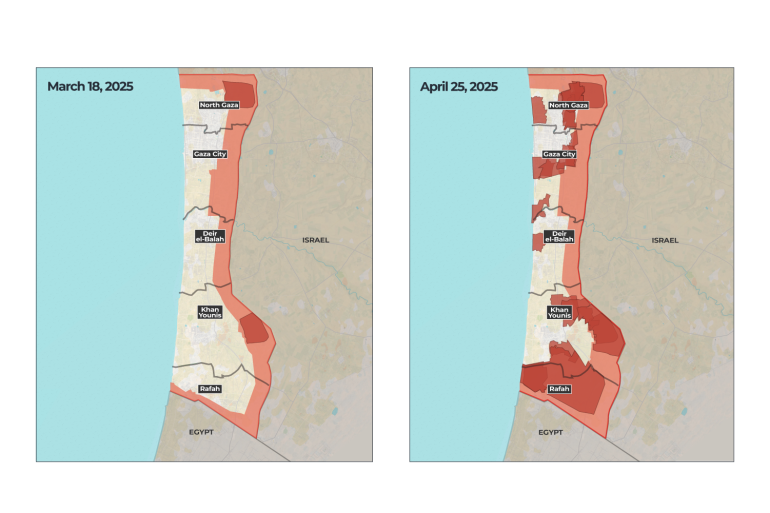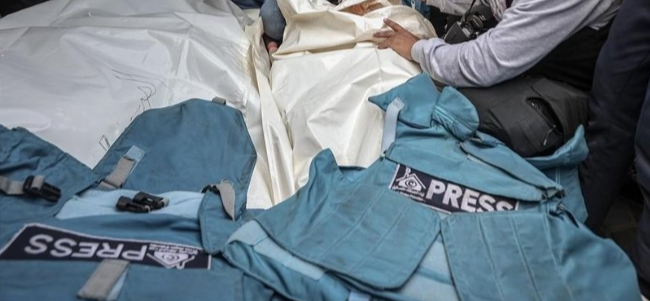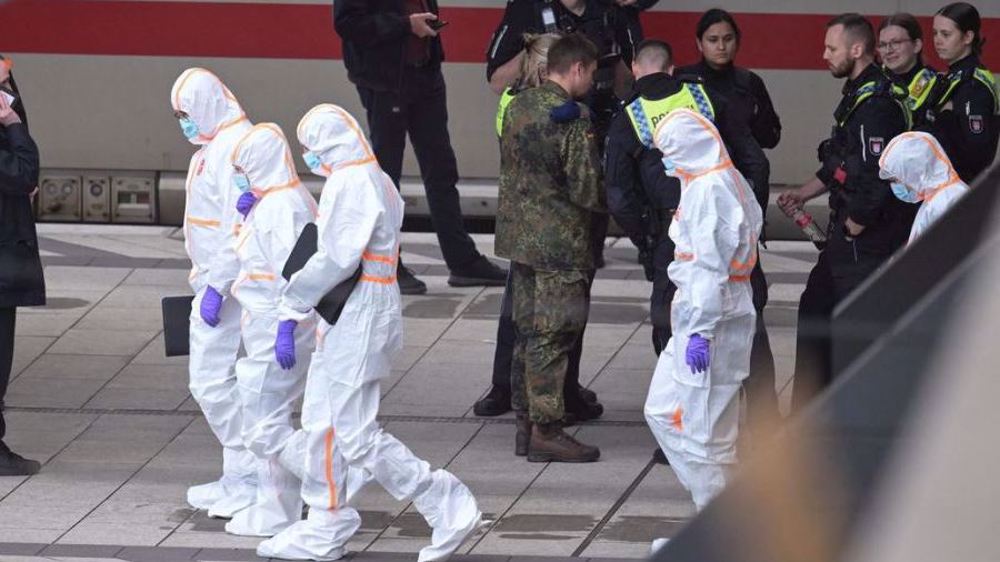Gaza Strip, May 6, 2025 — In a significant escalation of its military campaign, Israel has declared approximately 70% of the Gaza Strip as restricted or no-go zones, according to the United Nations Office for the Coordination of Humanitarian Affairs (OCHA). This move has resulted in mass displacement and has severely hindered humanitarian aid efforts in the region.
The newly imposed restrictions encompass vast areas across Gaza. In the south, much of Rafah governorate has been designated as a no-go zone under forced displacement orders since late March. In the north, nearly all of Gaza City falls under similar directives, with only small pockets in the northwest remaining accessible. Additionally, entire regions east of the Shujayea neighborhood and along the Israeli border have been marked as restricted zones.
Prime Minister Benjamin Netanyahu announced plans for a new ground offensive, stating that Gaza’s more than two million residents “will be moved,” indicating a strategy involving Israeli troops maintaining a sustained presence in the territory. This follows the unanimous approval by Netanyahu’s cabinet to mobilize 60,000 reservists and place the Israeli military in control of delivering essential supplies to Gaza’s population.
Al Jazeera correspondent Tareq Abu Azzoum, reporting from Deir el-Balah in central Gaza, noted that Palestinians perceive the Israeli ground offensive and reoccupation as a form of collective punishment and an attempt to alter Gaza’s demographic and political landscape. Many believe that Israel’s actions aim not only to dismantle Hamas’s military capabilities but also to depopulate Gaza and exert control over its civilian population.
The humanitarian situation in Gaza has deteriorated rapidly. The Palestine Red Crescent Society (PRCS) warns of an “extreme risk of famine,” with food stocks depleted and limited quantities of legumes being distributed to community kitchens. Israeli human rights group B’Tselem has accused Israel of “using starvation as a method of warfare,” highlighting that half of those affected are children.
Since the collapse of the ceasefire with Hamas on March 18, Israeli military operations have intensified, resulting in the deaths of at least 2,459 Palestinians in Gaza. The total number of confirmed fatalities in the besieged Strip now stands at 52,567.
Despite the dire circumstances, many Palestinians express a strong resolve to remain in Gaza. Social media platforms are filled with messages of resilience, with individuals asserting their determination not to leave their homeland, regardless of the challenges they face.
Source; Al Jazeera



